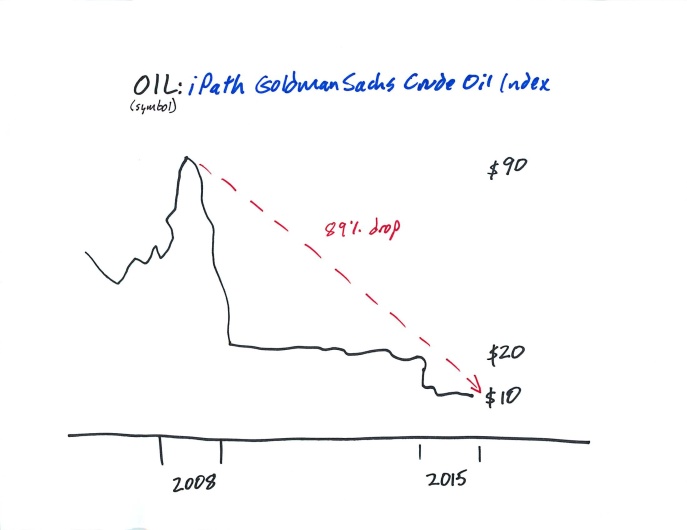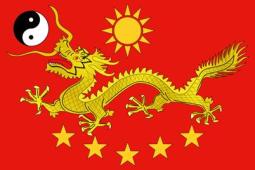
HOME TO THE OLYMPICS, RAMPANT CORRUPTION, A RECESSION & MAYBE THE BEST OPPORTUNITY THIS YEAR
The Olympic Games are close. Brazil and the rest of the world are getting excited. The country has poured billions of dollars into getting ready. It’s sure to be a beautiful event. And, seemingly from Mount Olympus, a lightning bolt has struck Brazilian politics and economics.
They’re experiencing a 5-quarter recession…so far. The government is so crooked that 6 of 10 Congress members are facing corruption charges. The stock market is in the dumps.
SEEING THROUGH THE SMOKE
My favorite investing quote and strategy is to “buy when there’s blood in the street.” Very graphic but very helpful. We want opportunities that are cheap and beat-up. We want discounted assets.
The way I look at Brazil is the country is trading at 2005 prices. At that time, their economy was at about $882 billion. The 2016 estimate is for them to hit $1.53 trillion. That’s an increase of 73 percent! We’re buying a much bigger economy at half the price….
PLAYING THIS OLYMPIC-SIZED TRAGEDY
The largest ETF for Brazilian stocks is the iShares MSCI Brazil Fund ($28.15; symbol: EWZ). It has a 12-month yield of 3.3 percent and a low expense of 0.62 percent per year. The fund has over 60 different investments and over $3 billion in assets.
A warning: the top two stocks make up over 20 percent of the portfolio. So it’s both a concentrated and diverse fund. Yep. Sounds strange but they’ve achieved it. This can be good if you want exposure to Brazil and you have faith in these two companies.
The largest is Itau Unibanco. According to Wikipedia, it’s “the largest financial conglomerate in the Southern Hemisphere.” That’s usually a great way to get exposure to an economy. Banks lend the growth money, profit from upswings and are a good representation of the overall market. Buying a bank is like buying the lifeblood of a nation.
The second-largest holding is Ambev SA. They’re based in Sao Paulo and controlled by Anheuser-Busch InBev. This parent company is the maker of Budweiser, Corona, Stella Artois and over 200 brands. It’s also the world’s largest brewer.
These two concentrated positions look pretty stable and may juice-up the portfolio volatility. Both upward and downward. Yet the downward movement may have largely already happened.
To learn how to add international exposure to your portfolio: request a free copy my report, “Producing Large Portfolio Income.” Visit RetireIQ.com to request your report, giving you ideas on how to generate 5-7% annual portfolio income.






